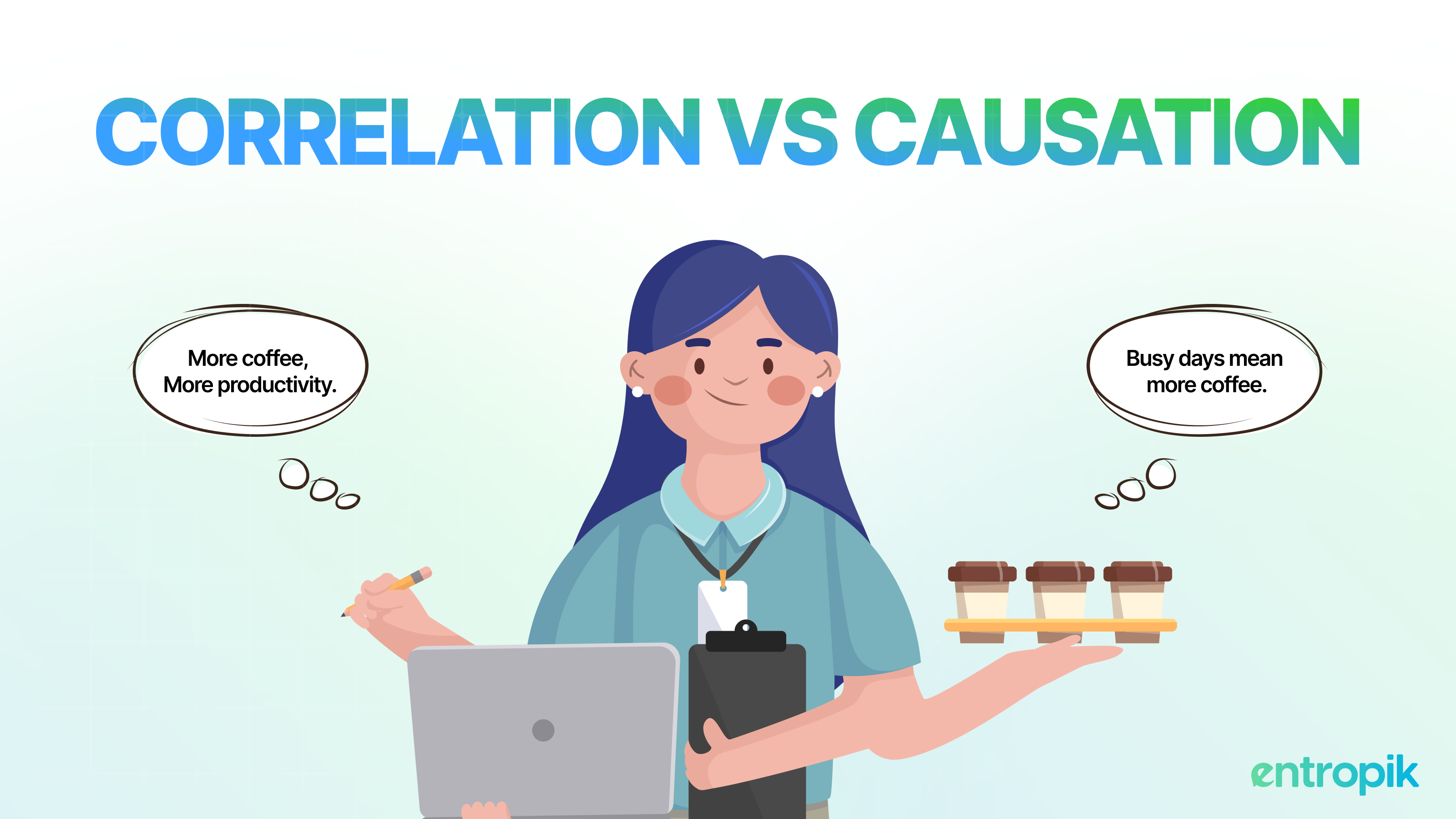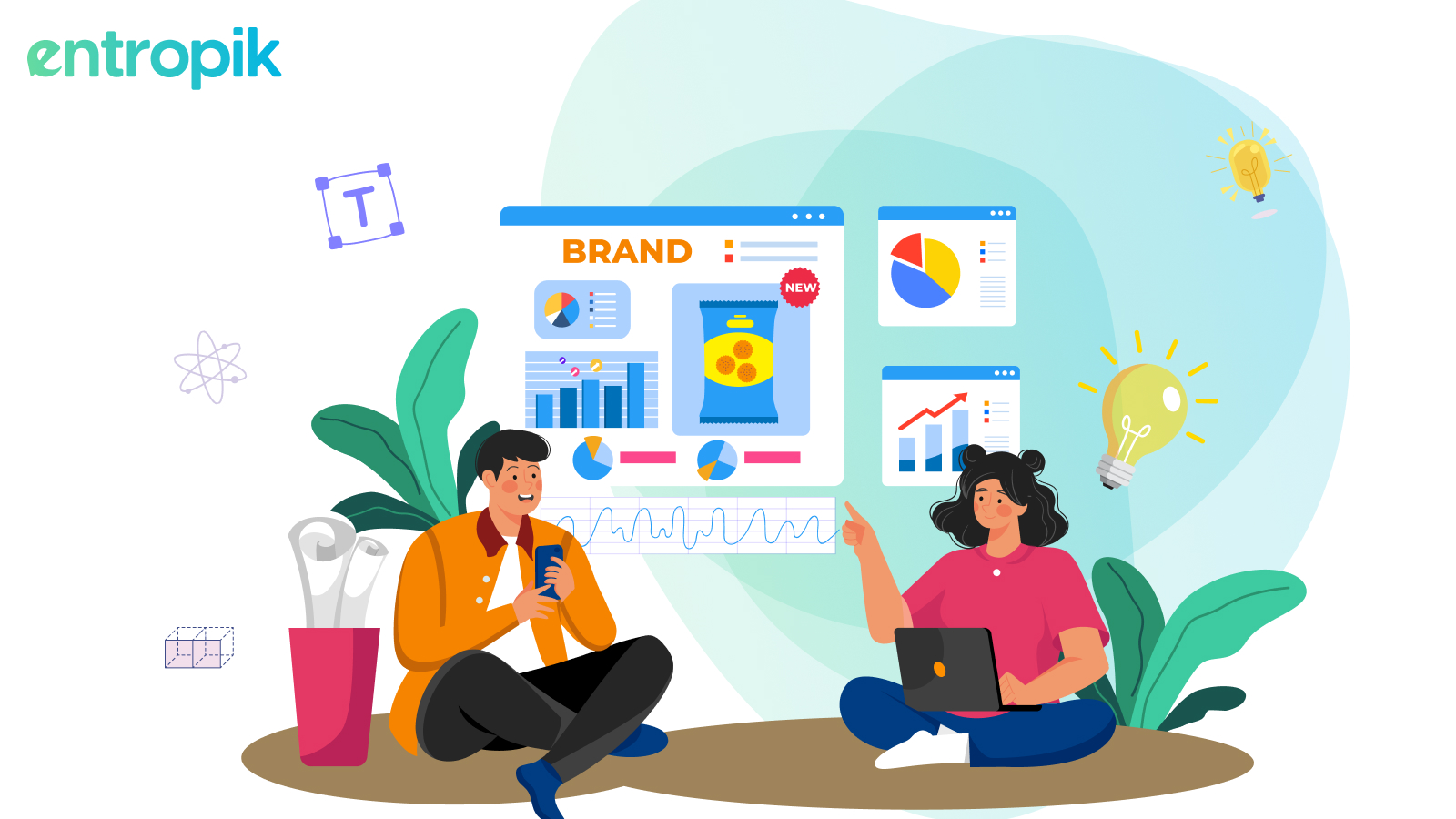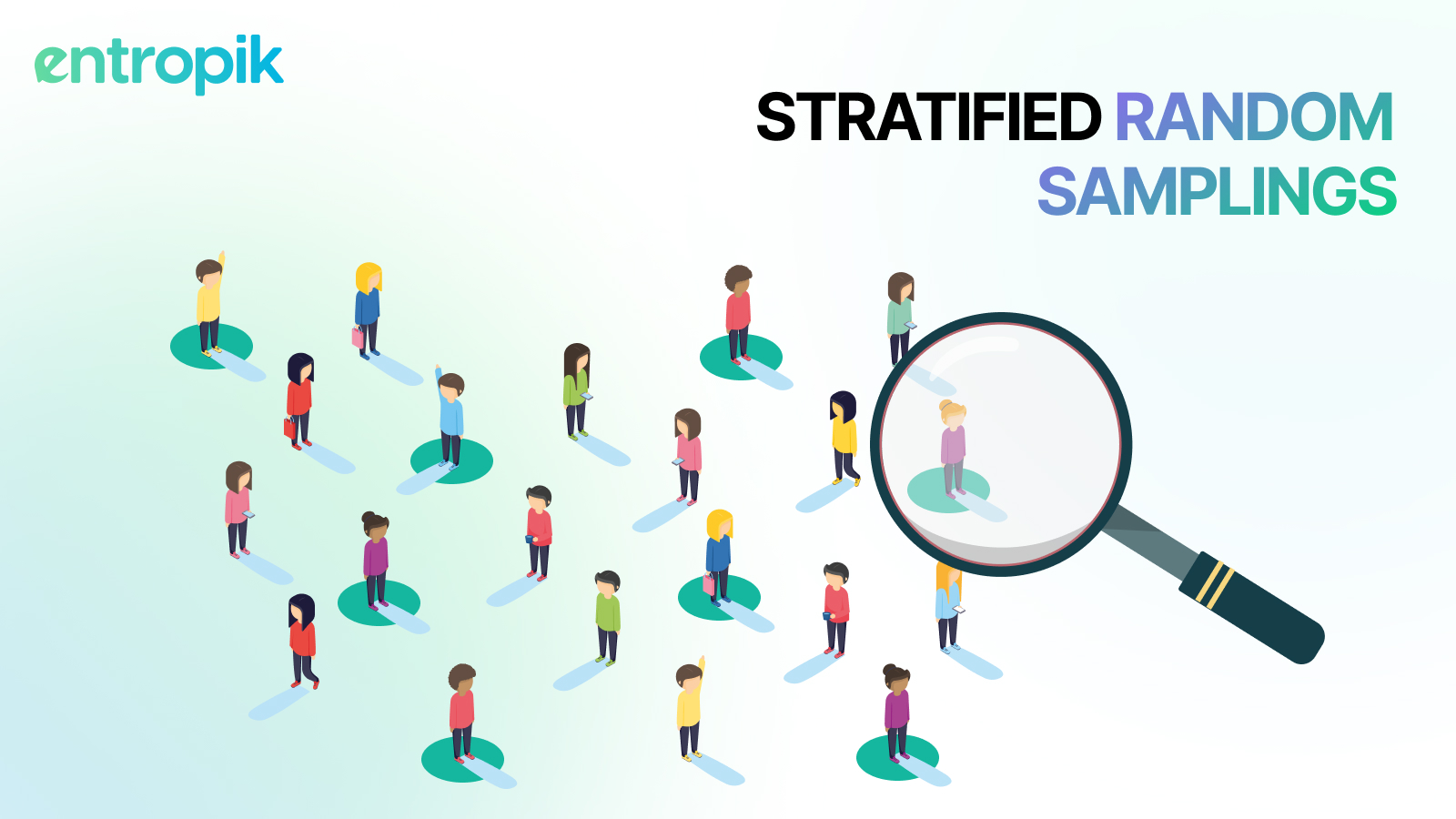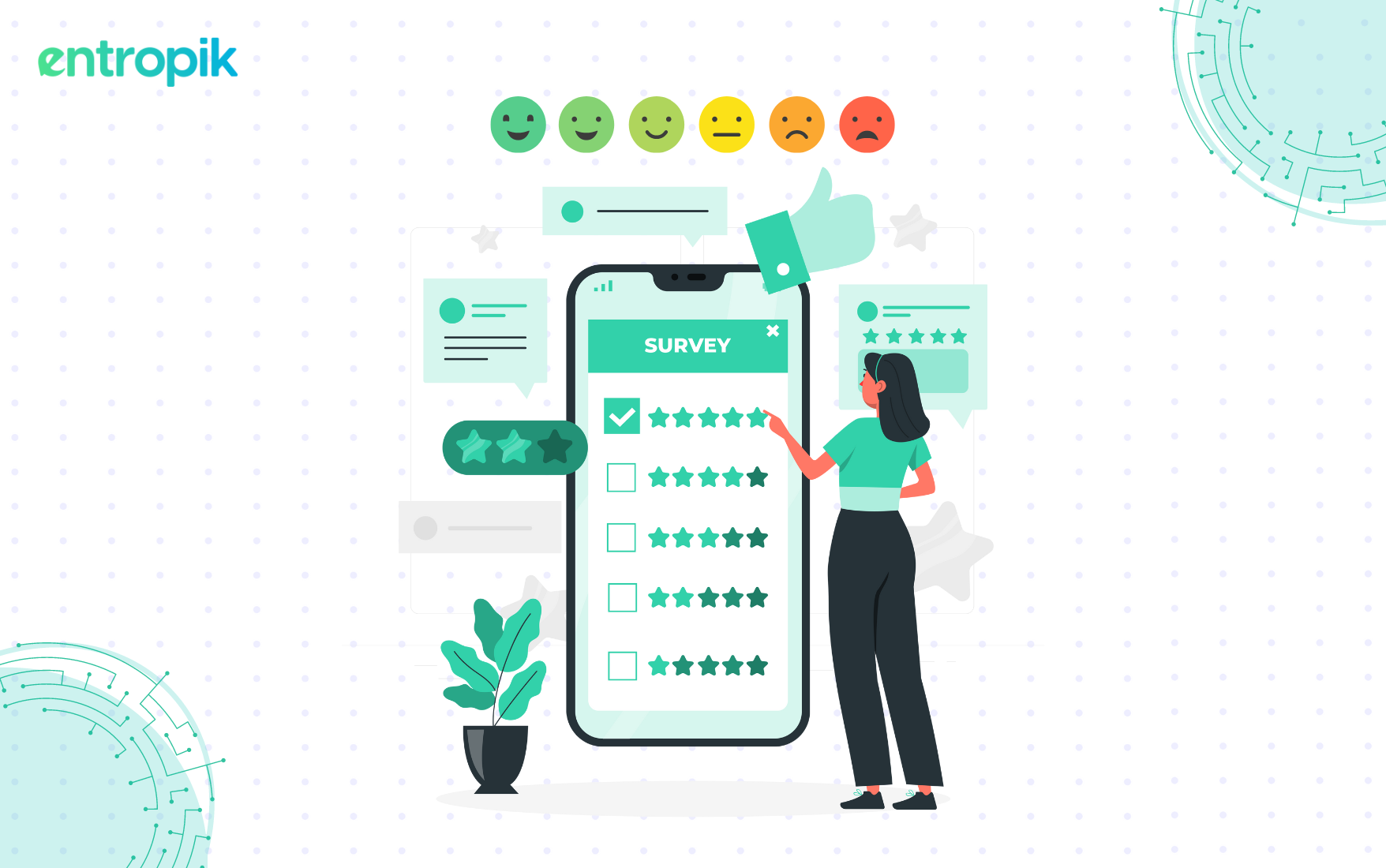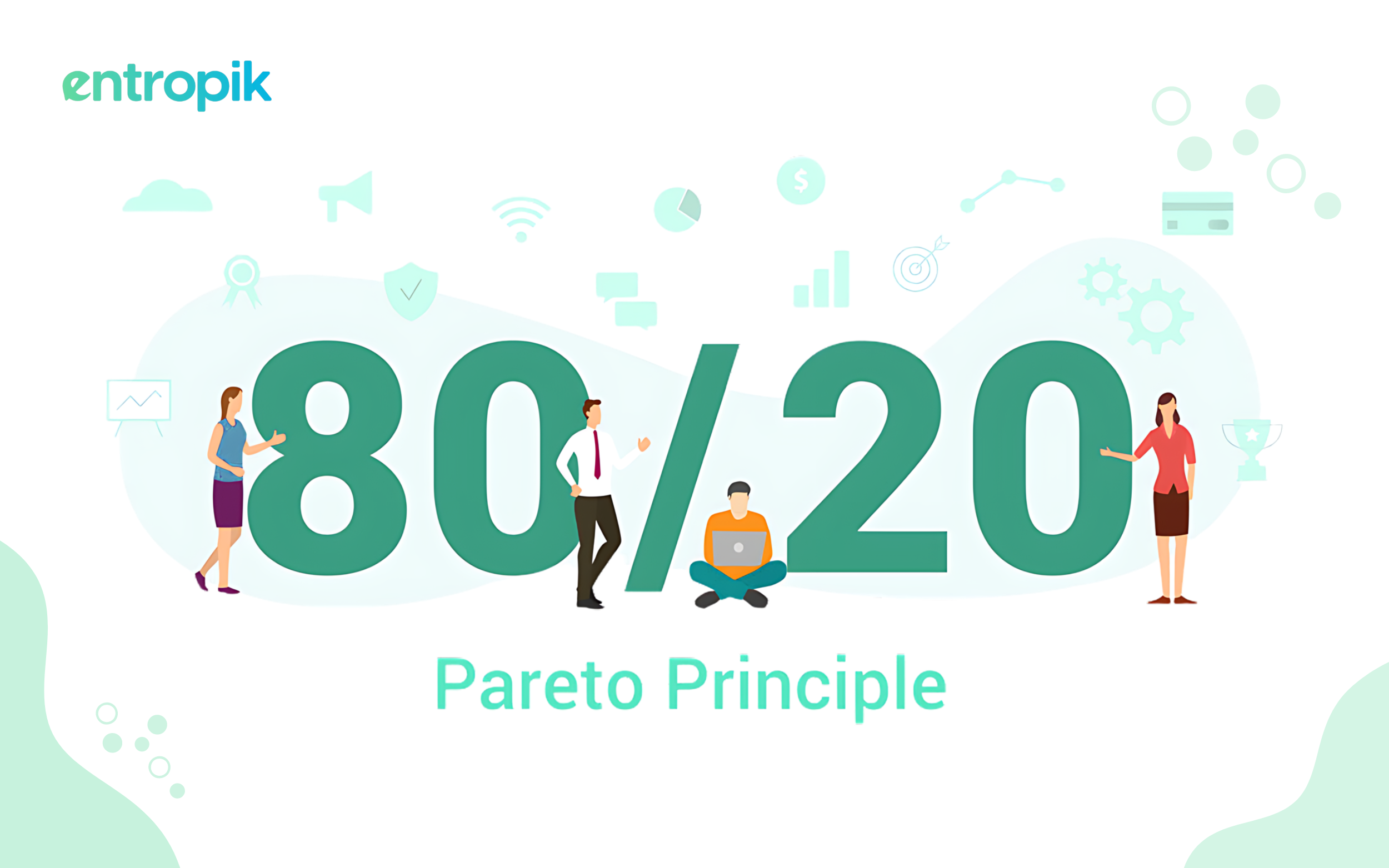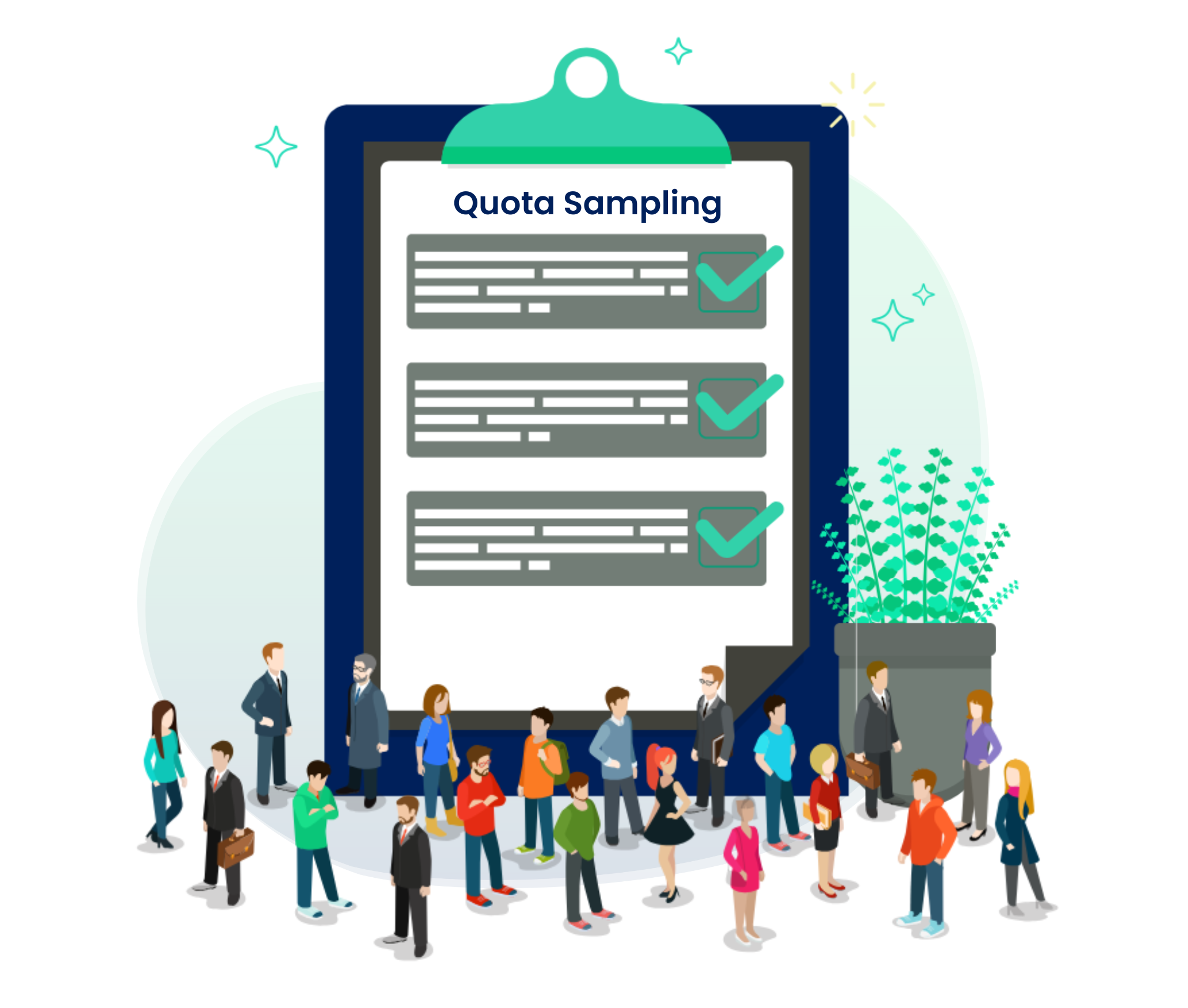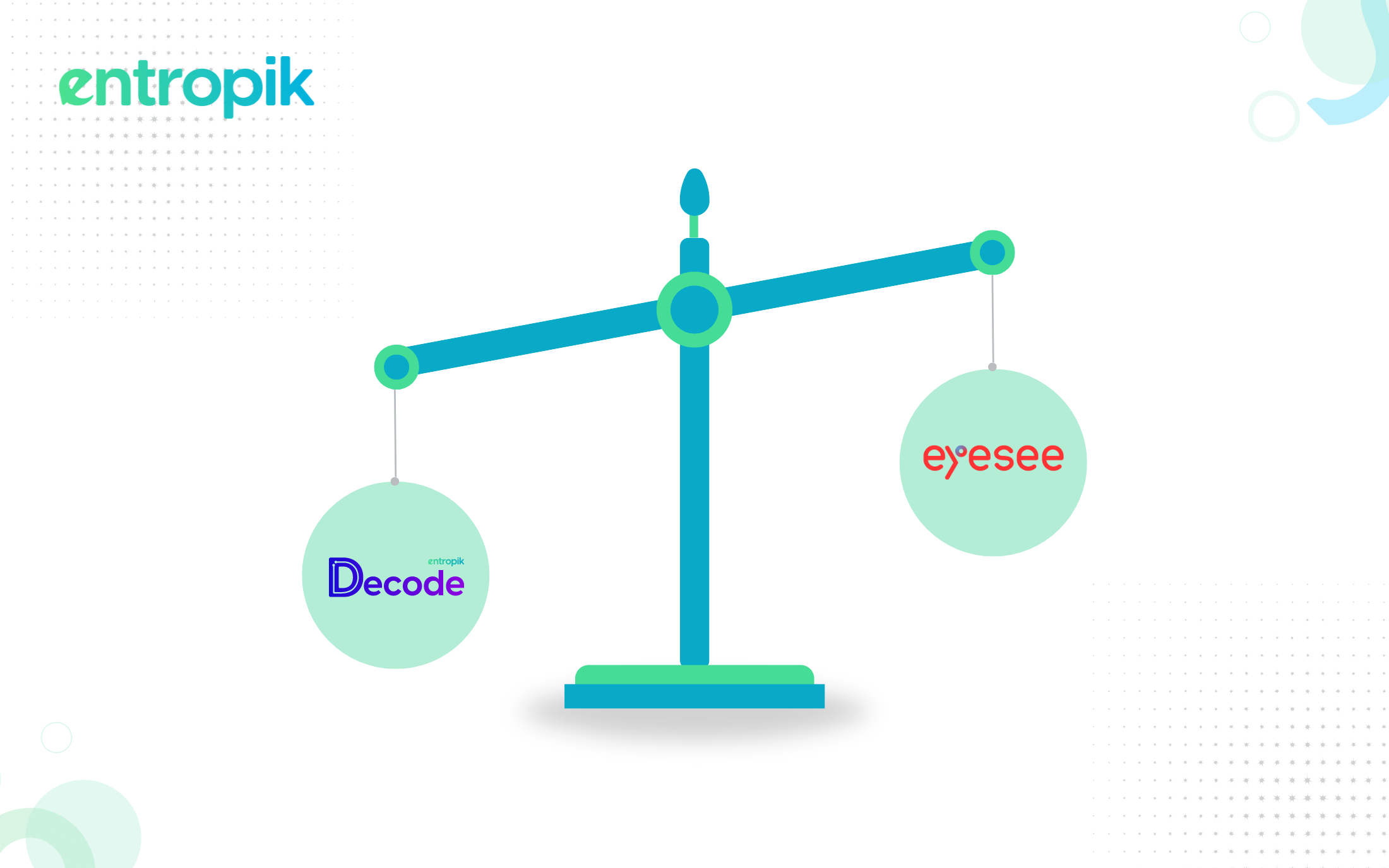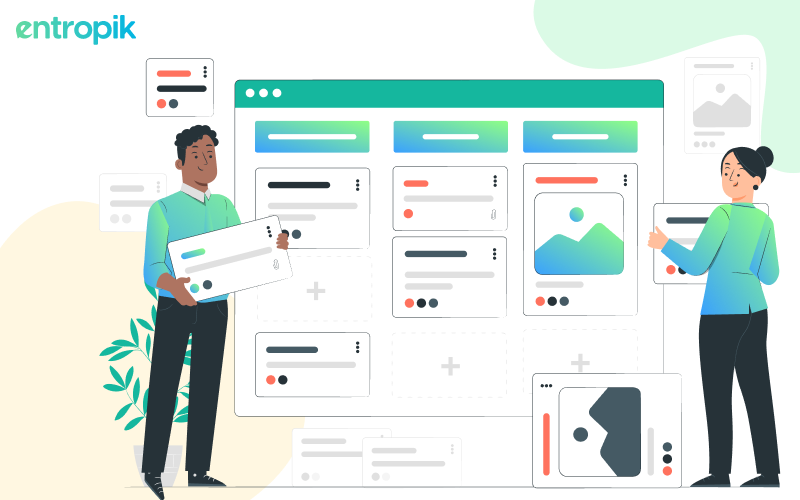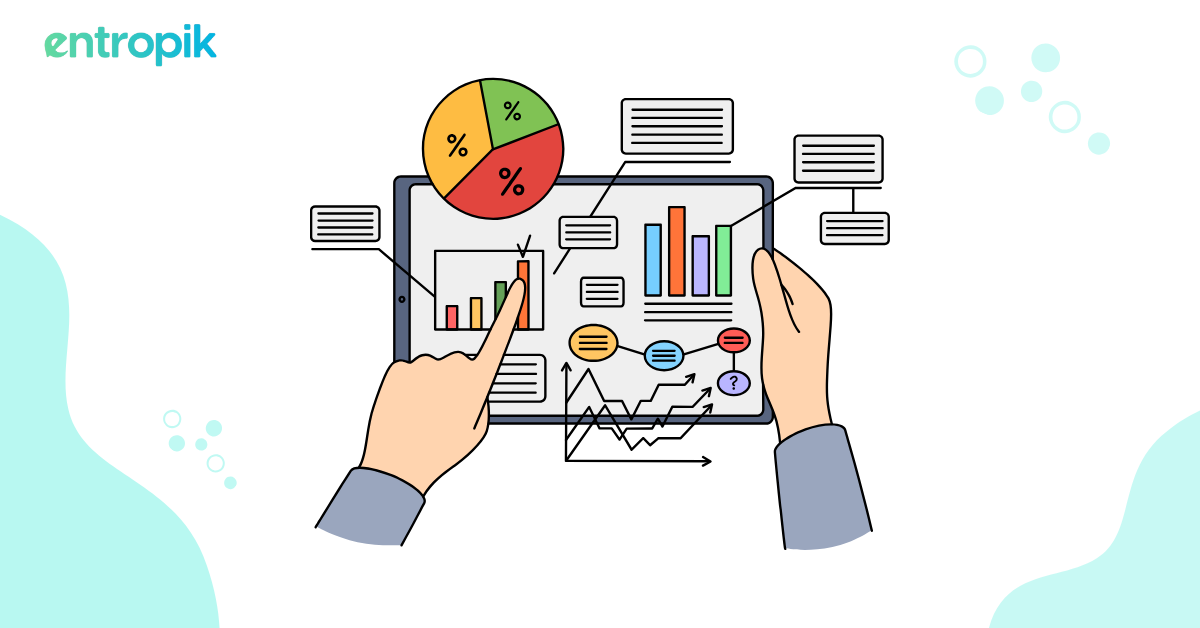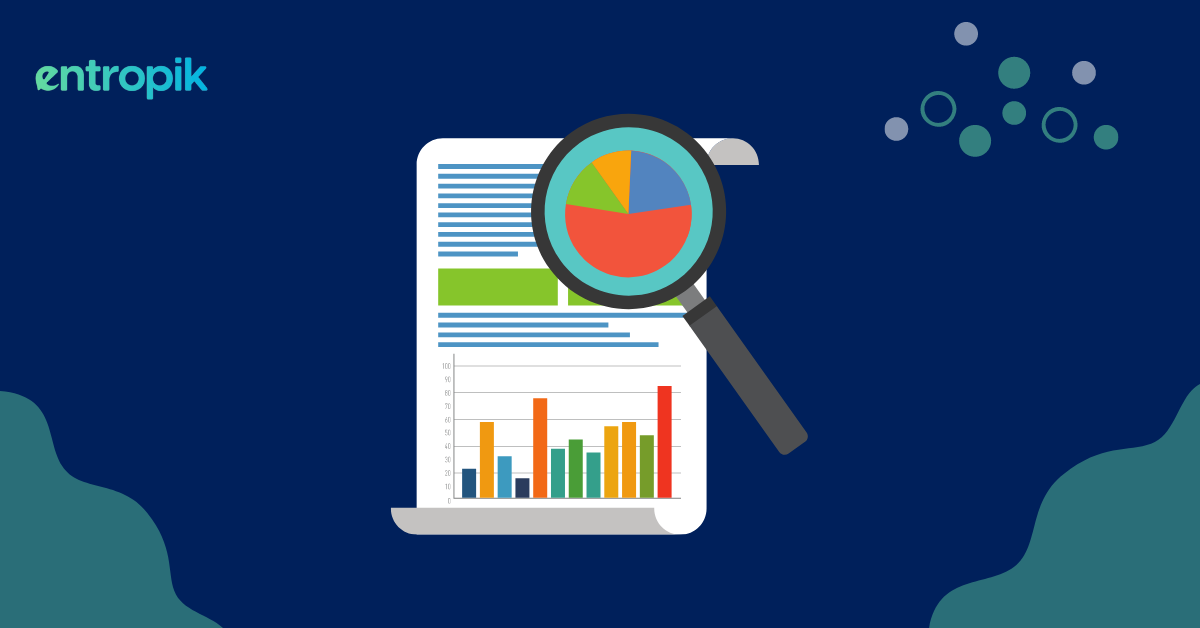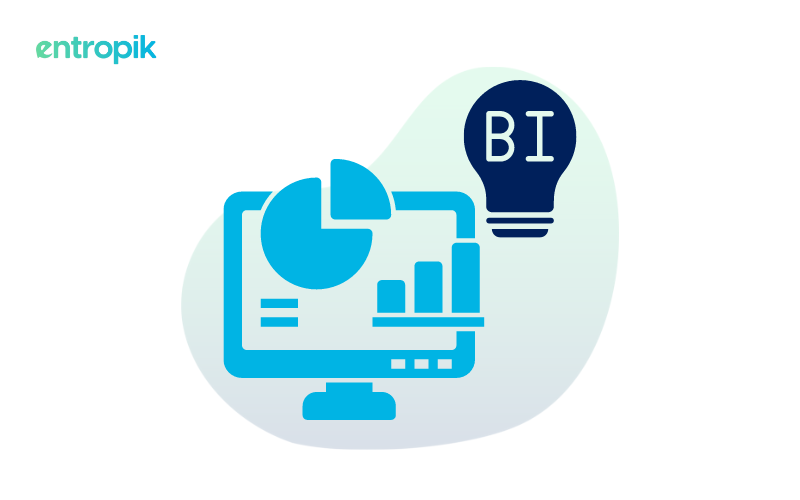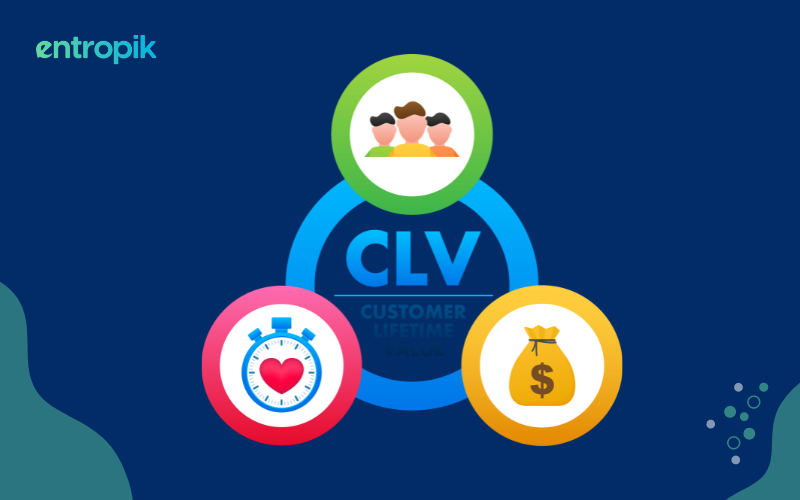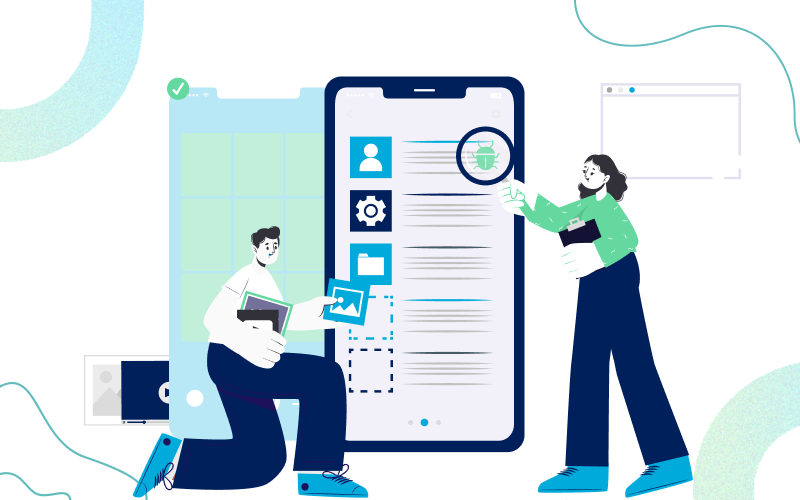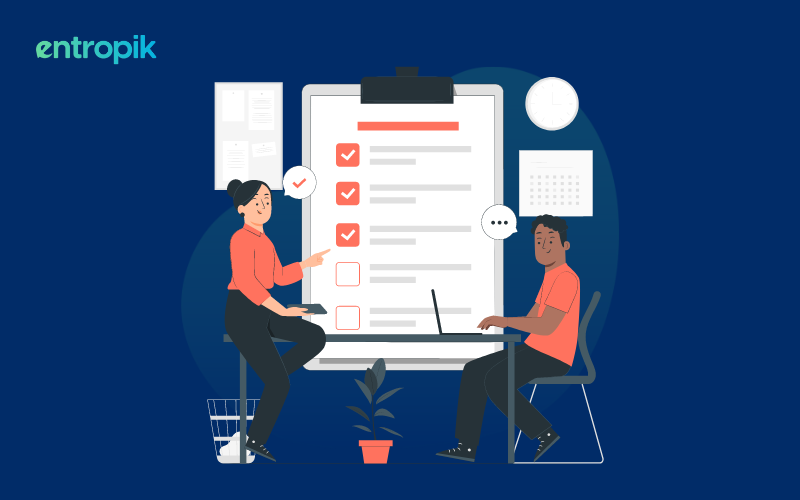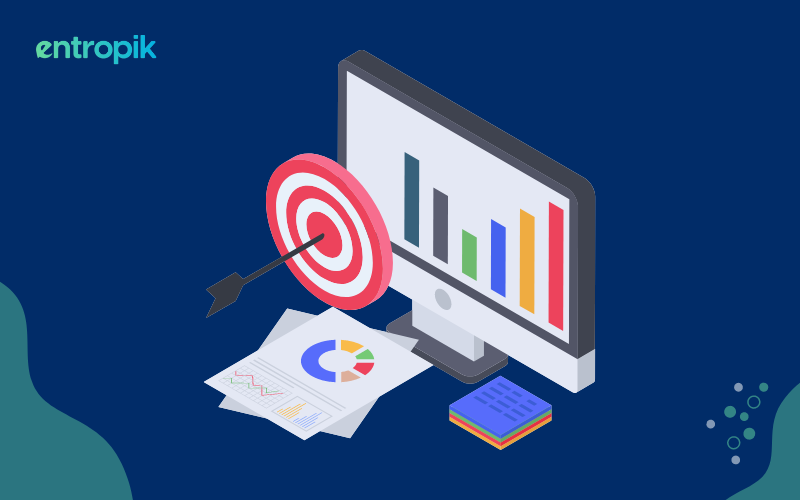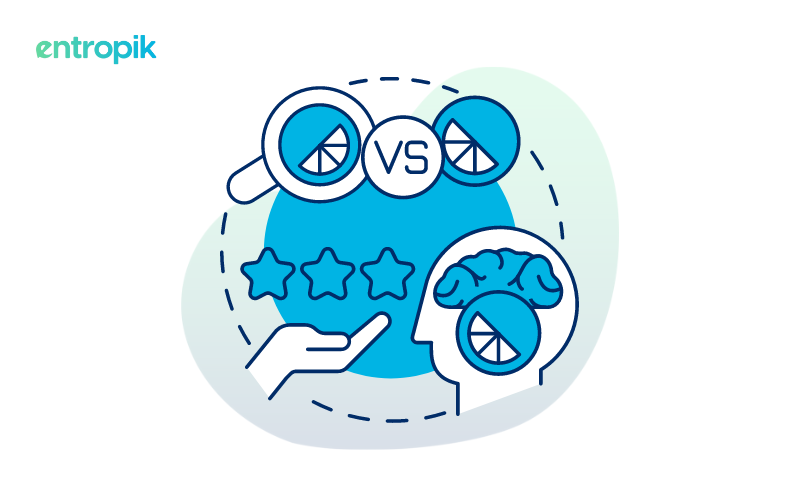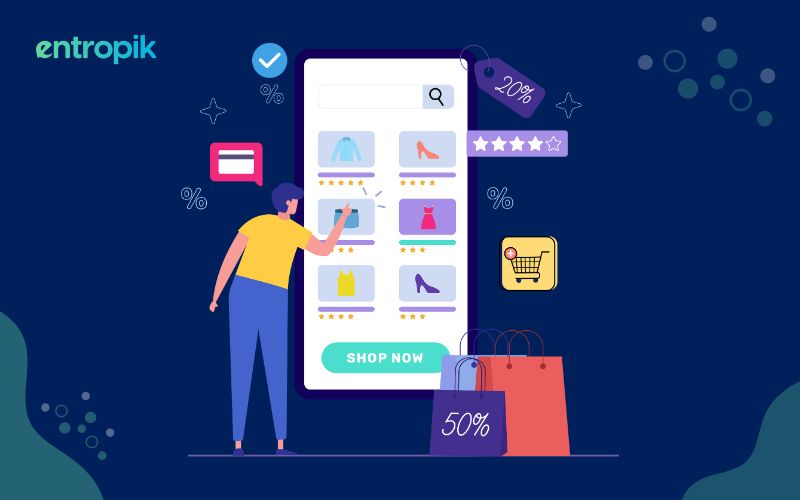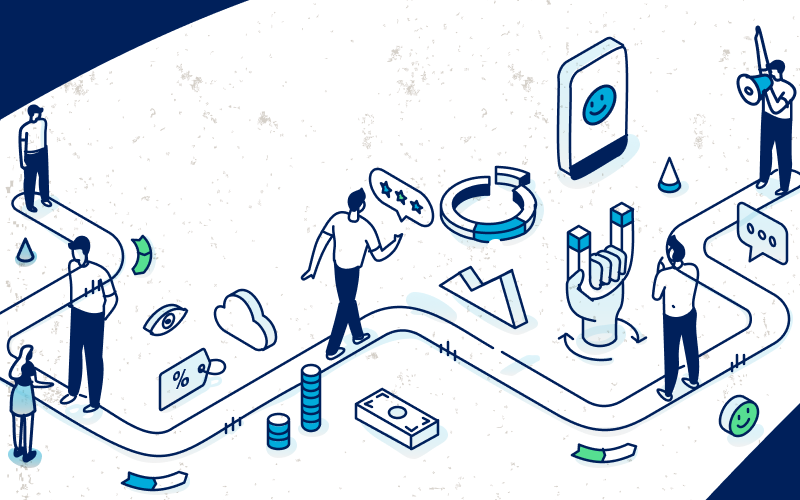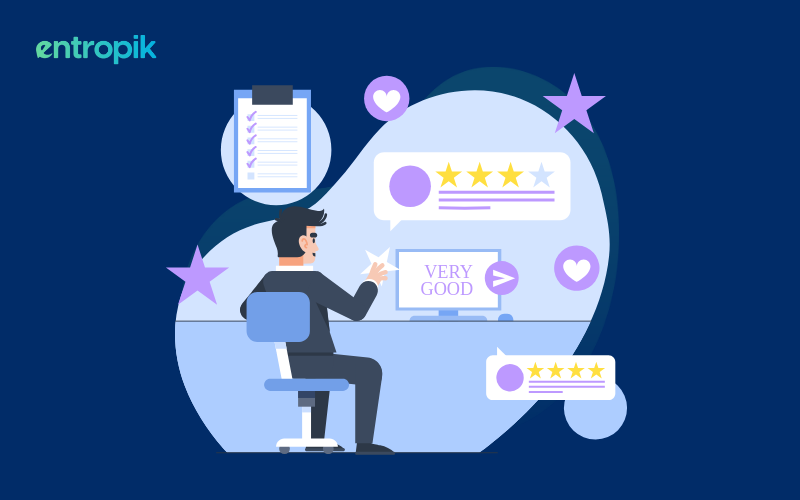Have you ever imagined how easy it would be to launch a new product if you could magically read a shopper’s mind? With shopper research, you are the Charles Xavier of the research world.
Shopper research helps analyze a shopper’s attitudes and behaviors. This enables marketers and researchers to tailor their experience for each type of shopper. By figuring out how to best impact the shopper’s journey, you can–
1) achieve higher sales
2) identify gaps and opportunities
3) drive brand loyalty
4) identify purchase triggers and friction points
5) improve brand recall, etc
However, traditional methods of conducting shopper research lack actionability, agility, and reliability. It is difficult to scrape below the surface and understand what a shopper wants.
In an ideal world, shopper insights would not be subjected to change, errors, or false responses. So, let’s learn how to rise beyond these challenges in 2024!
Why is Shopper Research Important?
Shopper research plays a crucial role in modern business success for several key reasons, which are mentioned below:
1. Understanding Customer Behavior
In today's competitive environment, simply having a good product or service isn't enough. You must truly understand how, why, and where your customers shop.
Shopper research provides vital insights into their decision-making process, motivations, pain points, and preferences across various channels (online, physical stores, social media). This deeper understanding allows you to personalize experiences, improve marketing effectiveness, and drive sales and loyalty.
2. Optimizing the Shopping Experience
Shopper research goes beyond just understanding trends; it helps you identify and address friction points in the shopping journey. Consumer research pinpoints areas for improvement, whether it's website navigation issues, long checkout processes, or confusing product information.
By proactively addressing these hurdles, you can create a seamless and enjoyable shopping experience for your customers that encourages conversion and builds customer satisfaction.
3. Data-Driven Decision-Making
In today's fast-paced, data-driven world, intuition and guesswork don't cut it. Shopper research provides concrete data and evidence to support your business decisions. By basing your strategies on real customer insights, you can minimize risk, increase the likelihood of success, and achieve your marketing and sales goals more effectively.
4. Competitive Advantage
Understanding your target audience better than your competitors gives you a distinct edge. Shopper research helps you find what makes your products special, change what you offer to meet their needs, and stay ahead of other businesses by being more creative and providing a better customer experience.
{{cta-button}}
10 Shopper Research Best Practices in 2024
AI is not just for scientists; it’s one of the fastest-growing technologies marketers and research teams use for various business needs. Shopper Research is one such area that can benefit immensely from its use.
Online research platforms like Decode use AI-based technologies like Facial Coding, Eye Tracking, and Voice AI to provide reliable and actionable insights. Traditional shopper research methods only show you the tip of the iceberg. But complementing your shopper research with AI will help you -
- Monitor what shoppers choose to look at and how they react to it
- Understand shopper behavior, emotions, and attitudes in-depth
- Analyze what shoppers find visually appealing and grab their attention
#1 Pre-Testing Product Packaging
Did you know that colors are the most influential purchase trigger for almost 93% of shoppers?
Aesthetics play an important role because they act as distinguishing factors. They compel shoppers to look, touch, feel, and engage with a product. With the number of products growing in the market, a shopper’s attention span is narrowing. It is crucial to grab their attention first, which can be achieved by pre-testing product packaging.
Let’s take Tropicana’s packaging redesign failure as an example of the importance of pre-testing.

In 2009, Tropicana tried to replace its existing packaging with a new one for the North American market. But shoppers did not receive this well, leading to a 20% drop in sales. Its competitors took advantage of this “Tropicana crisis” to gain more customers, but this initiative cost over 50 million dollars for Tropicana!
This was mainly because the new packaging became less distinguishable because of changes in the logo placement and choice of imagery used.
But this could have been avoided if Tropicana had pre-tested its new packaging before jumping headfirst into launching.
#2 Using Virtual Shelf-Testing
With virtual shelf-testing, you can simulate the in-store experience and increase your product's shelf and sales performance.
Virtual Shelf Testing uses an online shelf builder to get an abstract visual of a physical store shelf. You can place multiple products on the shelf builder to understand and predict how your product will perform in real life.
It also helps you –
- Analyze the logic behind a purchase decision made by the shopper
- Evaluate how the orientation of the shelf influences the visual appeal of your product
- Identify the ideal shelf placement for increasing shopper engagement
- Map their path to purchase journey in detail
- Use eye tracking to zero in on the hotspots
To optimize product placement, you can leverage Decode’s shelf testing feature to analyze subconscious store customer preferences and consumer responses. What impact can you experience?
- Product packaging will be optimized to increase sales
- Increased in-store sales and purchase intent
- Actionable insights delivered 6x faster than regular studies.

#3 Switching to Online Research Platforms
Traditional shopper research methods are – 1) prone to error, 2) restricted to geography, 3) provide surface-level data, 4) depend on manual reporting, 5) have a higher turn-around time, etc.
By switching to online research, you can overcome the barriers of traditional research methods. These platforms provide marketers and researchers with many features to take control of their research process.
Advantages of using online research platforms-
- Access to online panels
- Benchmarking for analyzing performance against industry standards
- Single source of truth for all research requirements
- Automated reporting of insights
- Easier cross-collaboration between teams
- An online repository for storing all shopper data
You can leverage Decode, an AI-powered consumer research platform that will help you assimilate, summarize, and generate key action items across any existing Quant, Qual, and 3rd party data. You can also use Insights AI for actionable data-driven decisions and connect with 80M+ people in 120+ countries.

#4 Identifying the Right Channels and Stores
Even though COVID-19 caused an increase in online shoppers, brick-and-mortar shops have sprung back into action after the lockdown. This has made it challenging for marketers and researchers to decide where to focus their investments for an optimal return.
It is important to identify the right channel and stores to cater to the rebound footfall, and this can be done easily with shopper research.
Imbibing this as one of the goals in your shopper research process is crucial for understanding shoppers’ preferences and providing them with an exceptional shopping experience.
#5 Leverage Real-Time Feedback

Capture the shopper's sentiments at the moment while the experience is fresh. Utilize on-site surveys, pop-up questions, and chatbots to gather immediate feedback on purchase decisions and identify friction points.
You can significantly improve customer satisfaction and conversion rates by addressing concerns and optimizing the shopping experience in real-time.
#6 Focus on Diverse Communities

Ensure your research methodologies and samples account for a diverse range of demographics. Avoid the pitfalls of biased results by capturing various perspectives and experiences. This inclusivity fosters trust, builds community with diverse audiences, and helps develop products and marketing strategies that resonate with a broader range of potential customers.
#7 Leverage AI and Machine Learning

Harness the power of artificial intelligence and machine learning tools for data analysis, trend identification, and predictive modeling based on shopper behavior. These cutting-edge technologies provide deeper insights, automate repetitive tasks, and enable data-driven decisions to optimize shopper engagement and conversion across all channels.
#8 Combine Quantitative and Qualitative Methods

Utilize quantitative data (surveys, analytics) and qualitative data (interviews, focus groups) to understand shopper behavior comprehensively. Decode allows you to create quantitative and qualitative studies according to your requirements that can provide valuable insights into user behavior and preferences.
Quantitative data provides broad trends and patterns, while qualitative data offers deeper insights into motivations, attitudes, and pain points. This combined approach leads to more informed decision-making based on a richer understanding of your target audience.
#9 Measure the Impact of Research
Track how research insights influence product development, marketing campaigns, and business outcomes. Measure and demonstrate the tangible value of research to justify continued investment and inform future research approaches based on effectiveness. This data-driven evaluation process ensures research remains relevant and drives successful business decisions.
#10 Prioritize Emotion and Sentiment

Analyze textual data and expressions beyond surface-level responses to understand the emotional responses to products, branding, and marketing messages. Our Insights AI technology combines advanced AI technologies- Facial Coding, Eye Tracking, and Voice Tonality- that can be leveraged to improve content performance, product innovation, and understanding of consumer emotions and behavior.
Uncovering these hidden motivations allows you to tailor messaging to resonate with shoppers on a deeper level and potentially predict purchase decisions based on emotional drivers.
Final Words
2024 is all about taking shopper research to the next level. Shopper research should be projected toward understanding the shoppers’ preferences and attitudes. However, traditional research methods make it easy to quickly go down a slippery slope of unusable data. You can get closer to actionable, scalable, reliable, and faster insights by including the above best practices.
Leverage AI-driven shopper testing to get inside the minds of your customers using Decode to transform the shopper experience for your customers.
Frequently Asked Questions (FAQs)
Question 1: What is shopper research?
Answer: Shopper research involves studying and analyzing the behavior, preferences, and decision-making processes of consumers while they are shopping, with the aim of understanding and improving the overall shopping experience and influencing purchasing decisions.
Question 2: What are your top 4 best techniques in market research?
Answer: The four best techniques in market research are: Surveys and questionnaires, interviews, observational research, and data analytics.
Question 3: What are some best practices for conducting marketing research?
Answer: Define clear objectives, understand your audience, use a mix of methods, choose the right sample size, maintain objectivity, pilot test surveys, stay ethical, stay current, use technology wisely, and report findings clearly.
Question 4: What are the five primary market research methods?
Answer: The five primary market research methods are: Surveys, Interviews, Observational Research, Focus Groups, and Data Analytics.















.jpg)



